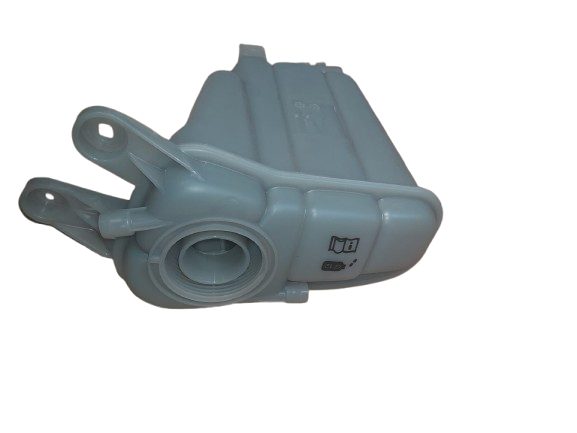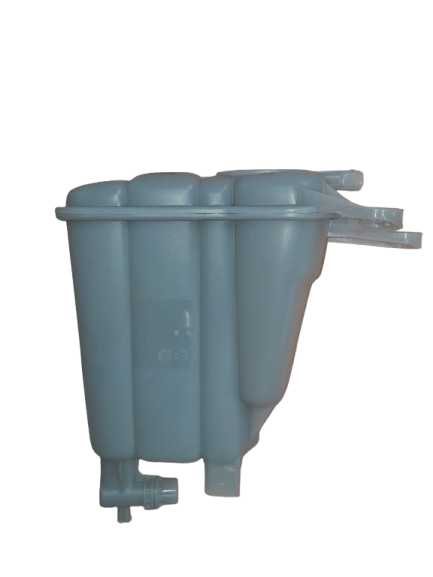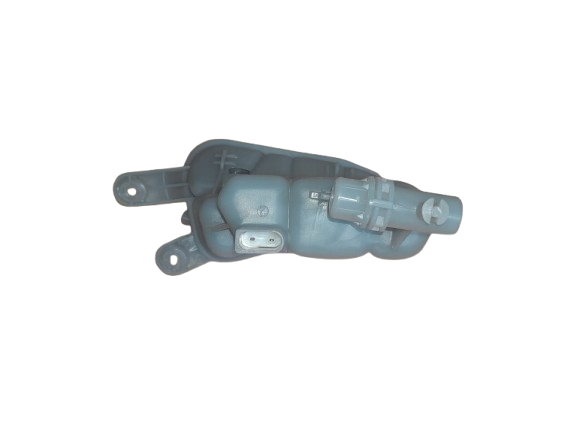



Overview
The expansion tank in the Audi A4 B8 (2008–2016) plays a critical role in the engine’s cooling system. Also known as a coolant reservoir or coolant expansion tank, it serves as the overflow container for engine coolant and is designed to accommodate the expansion and contraction of coolant as the engine heats and cools. The B8 generation of the A4 includes a variety of engine options—ranging from 1.8 TFSI, 2.0 TDI, to 3.2 FSI—each requiring reliable cooling system components, including the expansion tank.
Function and Importance
The expansion tank is not just a passive container. It maintains the correct pressure in the cooling system by managing the coolant volume as it expands under high temperatures. It also allows for visual inspection of coolant levels and typically integrates a low coolant level sensor to alert the driver of any fluid loss. Maintaining a functional expansion tank is essential for preventing overheating and avoiding severe engine damage.
Design and Compatibility
Audi A4 B8 expansion tanks are typically made from durable, high-temperature-resistant plastic—often translucent to allow for easy monitoring of coolant levels. These tanks are generally compatible across a range of Audi A4 B8 models, but some variations exist depending on the specific engine type and production year. OEM (Original Equipment Manufacturer) and high-quality aftermarket options are available, often equipped with:
- Coolant level sensor port
- Secure pressure cap (usually rated at 1.0–1.2 bar)
- Mounting brackets or tabs for direct fit
- Factory-style hose connections
Common Symptoms of a Failing Expansion Tank
- Visible cracks or coolant leaks
- Coolant smell under the hood
- Engine overheating
- Warning lights on the dashboard
- Low coolant level despite recent refills
Replacement and Maintenance
Replacing the expansion tank in the Audi A4 B8 is a straightforward process for most DIY enthusiasts. It involves draining some coolant, disconnecting hoses and sensors, and installing the new unit. Always use G12/G13 compatible coolant to ensure long-lasting system performance. Replacing a worn or cracked expansion tank is a small investment that can prevent major engine issues.
